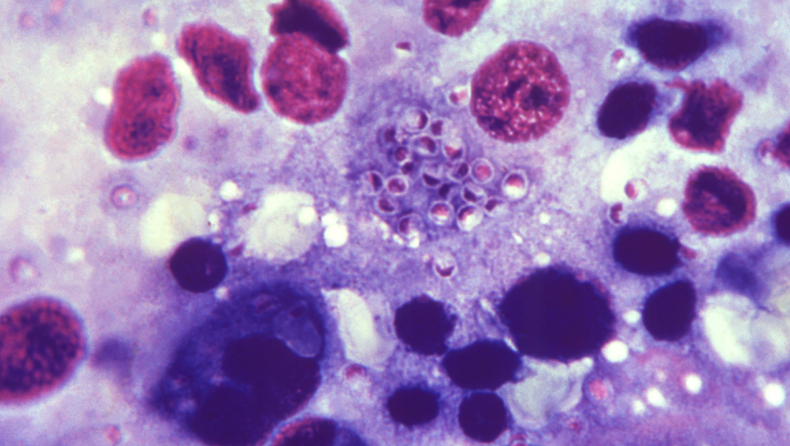NASA’s BioSentinel mission will conduct the first deep space biology experiment beyond the Moon. The Artemis I spacecraft will examine the effects of space radiation on yeast cells.
sentinel, a CubeSat about the size of a shoebox, will conduct the first long-duration biological experiment in Outerspace. It is scheduled for flight aboard NASA’s Artemis I from Florida’s Kennedy Space Center.
BioSentinel will transport microorganisms in the form of yeast to fill crucial gaps in our understanding of the health dangers in deep space caused by space radiation. While Artemi’s missions at the Moon will prepare humans for increasingly distant and longer-duration trips to destinations like Mars.
Radiation in space is similar to a nanoscale drag race. Space is penetrated by high-energy cosmic radiation from the galaxy and solar particle bursts. These radiations are harmful to both electrical devices and living organisms.
The sentinel
The primary objective of BioSentinel is to track yeast’s vital signs to evaluate how they perform when subjected to radiation levels found in deep space. Studies of yeast in space will aid in assessing the risks of space radiation to people and other biological organisms.
This will aid in the planning of crewed exploration trips to the Moon and beyond. BioSentinel’s mission is to investigate how yeast cells adapt to a high-radiation environment beyond low-Earth orbit by tracking their growth and metabolic activity.
Ten secondary payloads, including BioSentinel, will have the incredible opportunity to go to space aboard Artemis I. They plan to conduct scientific and technological studies once they are launched into space. BioSentinel is the sole CubeSat in this elite group to carry out a life science experiment.
What exactly BioSentinel does do?
The Apollo 17 trip to the Moon in 1972 is the longest human deep space flight to date, spanning 12.5 days — a period that will be vastly outpaced by future Mars expeditions, which will take years to complete.
Apollo-17 also carried out NASA’s newest experiments to study life on Earth outside of low-Earth orbit. The Earth-Moon system is the final stop for BioSentinel, and no astronaut or space biology experiment has ever gone further than that.
The Mission
A key part of BioSentinel’s mission is to create a new biosensor instrument. The biosensor is a small biotechnology lab made to find out how yeast cells react to long-term exposure to radiation from space. At its heart is a set of microfluidics cards, which are custom hardware that lets very small amounts of liquid flow in a controlled way. Scientists can watch yeast live by looking at these cards.
BioSentinel’s biosensors are built on CubeSat microfluidics technologies. The E. coli Anti-Microbial Satellite, or EcAMSat, mission, which was flown by NASA in 2017, was the most recent one. To investigate the genetic basis for antibiotics’ efficacy against microorganisms in space, the ISS released a satellite into low Earth orbit.
Along with BioSentinel’s biosensor, a physical radiation detector made at NASA’s Johnson Space Center in Houston is also in use. It measures and describes radiation, and its results will be compared to the biological response of the biosensor. BioSentinel’s devices on the space station and at Ames will compare yeasts’ responses to gravity and radiation.
To Conclude
Matthew Napoli, the project manager of BioSentinel commented that,
“BioSentinel is the first of its kind. It will carry living organisms farther into space than ever before. That’s cool!”
BioSentinel expands on Ames’ legacy by bringing together the center’s expertise in space biology research and tiny satellite technology. The space shuttle, space station, and free-flying satellite studies are just a few of how Ames has contributed to our understanding of life beyond Earth’s atmosphere over the years.
NASA’s Exploration Systems Development Mission Directorate supports BioSentinel, and over a hundred engineers and scientists contributed to its development. Because of their work, NASA will be one step closer to achieving its aim of ensuring the safety of future deep space exploration missions without sacrificing astronaut performance or health.













